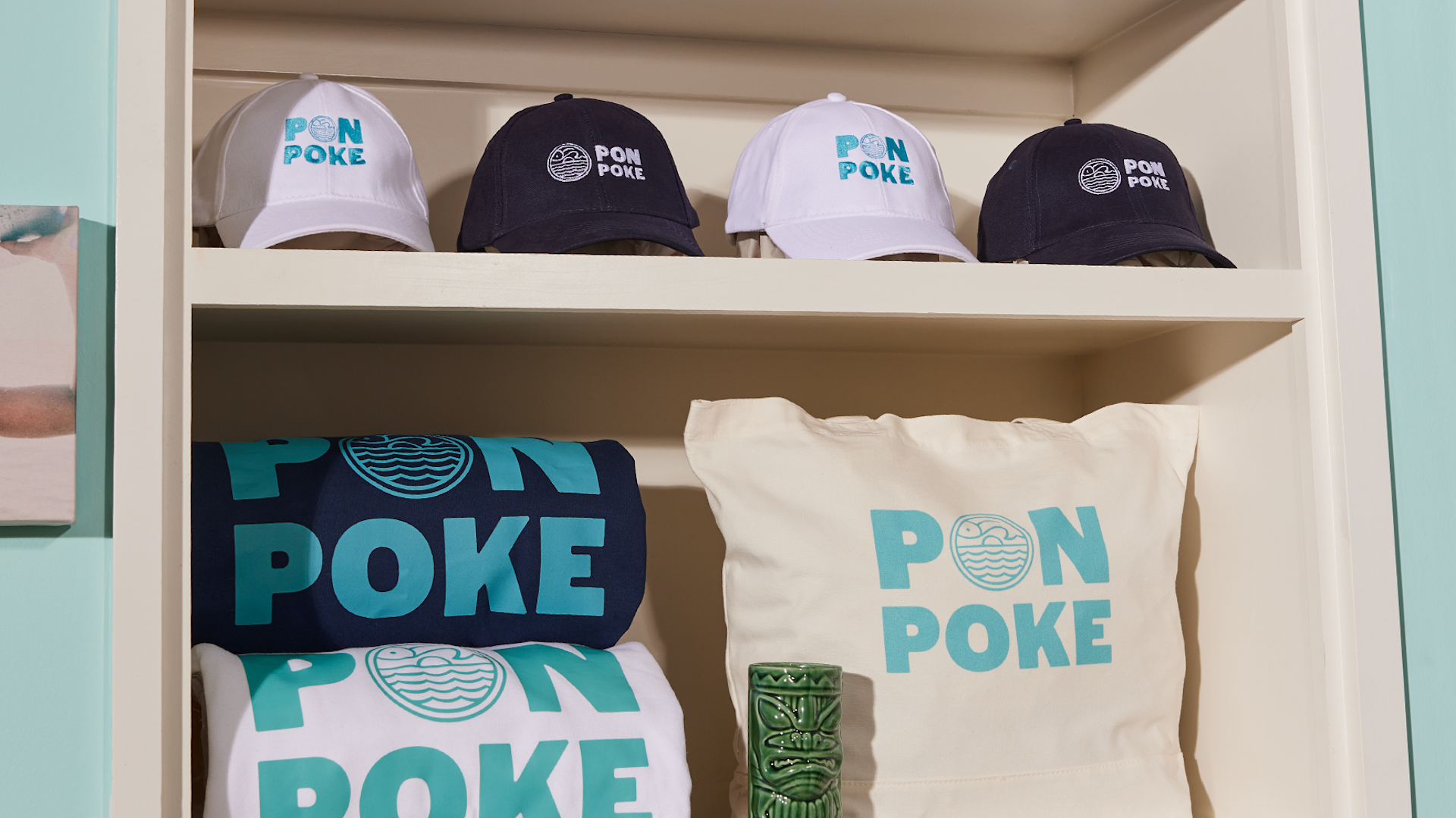The Importance of Lasting Clothes: Exactly How It Influences the Atmosphere and Your Wardrobe
Sustainable apparel is increasingly recognized for its crucial function in lessening the ecological impact of the quick garment industry. By concentrating on eco-friendly products and ethical production methods, it resolves pressing environmental worries. This shift not just benefits the earth but additionally influences customer options, leading to an extra thoughtful method to wardrobe administration. Recognizing these characteristics increases important concerns regarding style's future and personal duty in forming it.
The Environmental Footprint of Fast Style

Benefits of Sustainable Products
Sustainable materials supply significant advantages, specifically with green textile options that reduce environmental harm. These products also demonstrate durability and durability, decreasing the requirement for regular replacements. Because of this, they add to a much more sustainable fashion business and promote responsible customer behavior.
Eco-Friendly Fabric Choices
While the apparel industry has long been connected with quick trends and ecological injury, the increase of environment-friendly fabric options provides a transformative opportunity. Lasting materials such as organic cotton, hemp, and Tencel have gained appeal due to their reduced eco-friendly effect. These textiles are typically created without hazardous pesticides and call for less water, reducing their carbon impact - Branded Clothing. In addition, numerous green fabrics are eco-friendly, adding to a round economic climate by reducing waste. Picking sustainable materials not only sustains ecologically accountable practices however additionally promotes much healthier ecosystems. As customers end up being much more familiar with their acquiring power, the need for environmentally friendly fabrics motivates brand names to innovate and adopt even more lasting manufacturing approaches, eventually benefiting the planet and future generations
Longevity and Longevity Benefits
Several consumers are progressively acknowledging the durability and longevity benefits of sustainable products in their clothes selections. Unlike standard textiles, lasting products such as natural cotton, hemp, and recycled polyester are engineered to stand up to wear and tear, causing garments that last longer. This lowered frequency of substitute not just saves customers money in time yet also decreases waste created by rapid fashion. Furthermore, sustainable garments often uses green production methods that improve material stamina, adding to a decrease in the overall carbon impact. By investing in resilient apparel, customers can cultivate an extra lasting wardrobe while taking pleasure in premium items that preserve their aesthetic and capability with time. Resilience and durability stand as crucial advantages of picking sustainable products.
Minimizing Waste Through Sustainable Practices
Decreasing waste in the garment industry can be attained with cutting-edge techniques such as upcycling and repurposing products. Furthermore, adopting minimalist closet strategies urges customers to prioritize top quality over amount, inevitably reducing apparel consumption. With each other, these approaches contribute significantly to a much more sustainable garments model.
Upcycling and Repurposing Products
Upcycling and repurposing products have actually become cutting-edge techniques in the garment industry, transforming disposed of fabrics right into valuable new products. This approach not just minimizes waste but likewise urges creative thinking and individuality in clothing style. By taking old garments and materials, designers can produce distinct items that reflect personal design while decreasing the need for new sources. Furthermore, upcycling often requires less power and water contrasted to standard manufacturing procedures, substantially lowering the environmental footprint of style. As consumers become more conscious of sustainability, the appeal of upcycled apparel continues to climb, promoting a round economic situation. Inevitably, these techniques add to a more sustainable future, where style focuses on environmental wellness over rapid production and intake.

Minimalist Closet Approaches
As people significantly seek to minimize their ecological effect, embracing minimalist wardrobe approaches has actually acquired grip as an effective method to lasting fashion. These methods highlight quality over amount, encouraging customers to curate a smaller collection of versatile, resilient garments. By concentrating on classic items that can be combined and matched, people can reduce the regularity of purchases and inevitably lower waste.Additionally, minimalism advertises conscious intake, advising customers to assess the ecological and moral ramifications of their options. This approach top article not just cultivates a more sustainable way of living but also streamlines everyday decision-making concerning outfit. As people welcome minimal concepts, they contribute to a fashion culture that values sustainability and liable consumerism, inevitably bring about an extra eco-conscious society.
The Role of Honest Labor in Sustainable Style
While many consumers are progressively knowledgeable about the ecological consequences of their garments selections, the significance of moral labor practices in sustainable fashion can not be ignored. Honest labor incorporates fair earnings, safe working conditions, and regard for workers' rights, creating the foundation of liable style production. Brands that focus on honest labor not just boost areas but also established a standard for accountability in the industry.Moreover, the combination of ethical practices fosters openness, allowing customers to make informed choices concerning their acquisitions. This technique contrasts dramatically with rapid style's exploitative labor models, which typically focus on profit over people. By sustaining firms dedicated to ethical labor, customers contribute to a system that values human dignity along with environmental sustainability. Moral labor is not merely an add-on; it is essential to the more comprehensive mission of sustainable fashion, ensuring that the pursuit for eco-friendliness does not come at the cost of human rights.
The Influence of Sustainable Clothing on Carbon Emissions
Lasting apparel has the prospective to considerably lower carbon emissions related to the apparel industry. Typical garment manufacturing contributes significantly to greenhouse gas emissions, primarily as a result of energy-intensive manufacturing processes and using non-renewable resources. In comparison, lasting style concentrates on green materials, such as natural cotton or recycled fibers, which commonly require much less power to produce.Moreover, sustainable brand names tend to adopt more effective production techniques, lessening waste and lowering general exhausts. By prioritizing toughness and ageless layout, lasting clothes motivates consumers to acquire less often, additional reducing the carbon impact related to overconsumption.Additionally, several sustainable brand names are devoted to transparency in their supply chains, enabling customers to make educated selections that line up with their worths. Eventually, changing towards sustainable clothing can result in a substantial decrease in carbon exhausts, contributing to a healthier earth and a more lasting future for the style industry.
Supporting Neighborhood Economic Situations With Sustainable Options
The change towards lasting garments not just addresses environmental worries however likewise substantially advantages regional economic situations. By choosing sustainable fashion, consumers often support neighborhood artisans and local business, boosting neighborhood strength. These enterprises commonly operate a smaller sized range, prioritizing workmanship and moral techniques over mass production.Investing in locally made lasting clothes cultivates work production and promotes economic development within communities. As consumers become a lot more knowledgeable about the environmental effect of their acquisitions, they increasingly look for items that reflect their values. This need motivates local manufacturers to adopt lasting practices, adding to a circular economy.Moreover, sustaining regional services minimizes transportation discharges, lining up with eco-conscious consumer actions. The interconnectedness of lasting clothing and local economic situations highlights the crucial role that individual options play in advertising both ecological and economic health. By cultivating these neighborhood connections, areas can prosper while likewise functioning towards a much more sustainable future.
Transforming Your Wardrobe: Tips for a Sustainable Closet
As people seek to reduce their environmental influence, changing a storage room into a lasting wardrobe ends up being a necessary step. One effective strategy is to examine existing clothes, maintaining only things that are put on on a regular basis and that line up with sustainability objectives. Prioritizing high quality over amount is essential; purchasing sturdy pieces from green brand names can significantly decrease waste.Additionally, incorporating pre-owned things can revive a wardrobe while minimizing environmental damage. Organizing clothing swaps with good friends or giving away unused items can better promote sustainability.When buying, people should look for products that are natural, recycled, or naturally degradable, and stay clear of fast style sellers - Branded Clothing. Finally, exercising conscious intake by thoughtfully thinking about each purchase can add to a much more sustainable lifestyle. By implementing these ideas, one can produce a wardrobe that mirrors individual design while sustaining ecological stewardship
Often Asked Questions
Exactly How Can I Identify Sustainable Clothing Brands?
To recognize lasting clothing brand names, one need to research materials used, look for certifications like Fair Profession, and check out the brand name's openness regarding their manufacturing processes, labor practices, and ecological influence, guaranteeing ethical and green techniques are prioritized.
What Are the Expenses Connected With Lasting Fashion?
The prices related to lasting fashion can differ substantially. Greater manufacturing costs, honest sourcing, useful source and green materials commonly lead to enhanced retail rates, which might prevent some customers while appealing to environmentally mindful customers.
Can Sustainable Clothing Be Fashionable and elegant?
Sustainable wikipedia reference apparel can without a doubt be elegant and stylish. Designers increasingly focus on cutting-edge materials and honest production techniques, showing that fashion and sustainability can exist side-by-side. Consumers now have varied choices that mix appearances with ecological consciousness.
How Does Laundering Clothes Affect Their Sustainability?
Washing clothes significantly effects sustainability by consuming water and energy, contributing to air pollution, and causing microplastic launch. Frequent washing can weaken materials, shortening their life expectancy and boosting the demand for substitutes, ultimately exacerbating ecological problems.
What Is the Life-span of Lasting Apparel Compared to Fast Fashion?
The life-span of sustainable garments normally goes beyond that of quick style items, frequently enduring a number of years due to top quality products and workmanship. On the other hand, fast fashion garments may weaken promptly, necessitating even more regular replacements. Sustainable clothes is significantly identified for its essential function in decreasing the ecological impact of the rapid fashion industry. While numerous consumers are increasingly conscious of the ecological repercussions of their garments selections, the importance of ethical labor methods in lasting style can not be neglected. Branded Clothing. Sustainable clothing has the possible to substantially minimize carbon exhausts linked with the fashion sector. In contrast, lasting style focuses on eco-friendly materials, such as natural cotton or recycled fibers, which usually need less energy to produce.Moreover, lasting brand names often tend to adopt much more effective production methods, minimizing waste and lowering total emissions. By prioritizing toughness and timeless style, sustainable clothing encourages customers to acquire less regularly, more reducing the carbon footprint linked with overconsumption.Additionally, numerous sustainable brand names are committed to transparency in their supply chains, making it possible for consumers to make informed options that straighten with their values